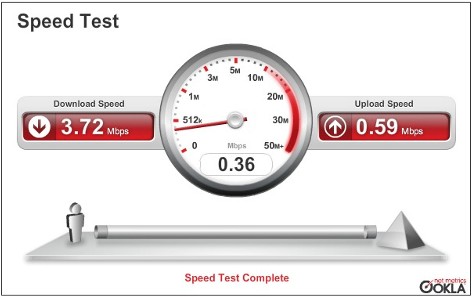|
|
|
I got caught out myself with a $500 bill when my son downloaded a few songs and listened to streaming radio which I had thought at the time would be within my meager data cap. A friend, who had been delightfully prolific, sharing historical YouTube clips of New Zealand music on Facebook, has just contacted me astounded at how his monthly internet bill just showed up with an astounding $750 charge. “I didn’t think I was downloading anything, just streaming clips online,” he exclaimed. I thought he was joking and asked if he’s been doing this via cellphohe. No he’s got a satellite dish on his office roof in the outback of Taranaki which handles his phone and internet connection. All I could says is “man, you need a new plan”. But it got me thinking about my own recent activities online as interaction with my Facebook friends is becoming more interesting by the week as we share all manner of music and knowledge and ideas. So how many
adventurous folk are enticed into sampling the rich media marvels of the
internet by sharing clips on Facebook and YouTube without first counting the
cost? If you are listening to streaming audio, a radio programme for example, expect it to chew up around 60Mb per hour at 128kbit/sec. Downloading a four minute long MP3 file might use 5Mb of your data and low resolution streaming video, a tutorial or TV news clip for example, could take up around 140Mb per hour. Downloading a video file
can takes up to 10Mb of space for every minute depending on quality and
compression levels; in other words about 100Mb for a high quality 10 minute
video clip.
The news gets
even worse if you are playing high definition files; while they’re becoming
more mainstream the data stream you download is much richer and will blow
your cap more quickly at up to 10-15Mb per minute. Telecom insisted, when word got out last month (May 2010), that it would inform customers of the Big Time, based on their data use, which option they would be moved to; most likely the $80 a month Pro plan which has a 40Gb cap or the 10Gb Explorer plan. Telecom said it was concerned that a few users had been misusing the count and clocking up hundreds of gigabytes of usage per month. The fact is these are still relatively early days for the digital convergence of broadcast and streaming media, although TiVo and on-demand TV over the Internet via other source is not charged for once your locked into a contract or pay a subscription to a particular ISP. For the moment though in terms of most internet streaming, it’s still user pays all the way. What you watch you pay for and if you haven’t factored this in you could be in for a nasty surprise. If rich media continues to appeal then shop around to find an ISP that offers a decent data allowance, at least 6-10Gb or more for an affordable flat rate fee ($60-$70 max). The only other solution is to moderate your online activities by checking your data use on the ISPs home page to ensure you leave yourself room enough to get through the usual email downloads and web browsing before taking another hit of those data rich YouTube or Facebook visuals. |
|
|
